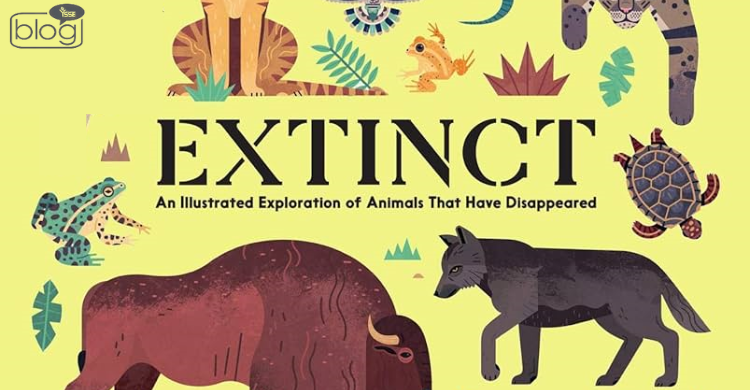Imagine a world where the creatures are entirely different from what we currently see or, a world that is filled with only human beings or their disastrous creation. How it would feel, the twittering of birds are altering with the sound of machines. Large sloths, saber-toothed cats, and enormous marine reptiles are no longer available in our environment. Sometimes this extinction occurs because of nature but in most cases, it occurs because of human intervention which is too unwanted. If we are not being conscious right now, we have to be prepared to face a cruel revenge of nature.
History of Enigmatists
A species’ irreversible extinction happens naturally. However, in the last several centuries, human activity has greatly expedited this process. Many species have gone extinct, such as the dodo and the woolly mammoth.
It is the mystery that surrounds ancient species that makes them so fascinating. In order to piece together the presence of these species, paleontologists study fossils from this time period, bones, teeth, and other skeletal remains can be examined to learn more about their diet, activity, and surroundings.
How the creatures are lost by natural issues is given below :
Ancient Giants
Cannibalistic animals who are used to consuming their own agnate, were among the most terrific extinct creatures. At more than 16 feet at the shoulder, the Paraceratherium was the largest horrible animal to have ever set foot on Earth. It had the appearance of a miracle. It may still be roaming the old Asian forests, feeding other leaves and twigs.
On the other hand, The Megalodon, a gigantic shark that could reach a length of 50 feet, was another ancient demon. It was a desperate hunter because of its strong jaws, which could sharper the jaws of its victim.
Huge creatures during the period of ice
During the Ice Age, which started approximately two billion years ago and saw widespread freezing, a wide variety of unusual animals were created. Among the most well-known are the saber-toothed cat and the woolly mammoth.
Fleecy mammoths kept themselves warm by giving huge feather shelters. They were herbivores, which means they only ate bushes and grasses. Alternatively, saber-toothed cats were a huge quality of hunting because they took a long time to hunt, and curved teeth were utilized effectively to attack their targets with violent attempts.
The Mysterious Lack
The reasons behind the extinction of so many Ice Age species remain unknown. Some scientists believe that human hunting is to blame, while others believe that climate change plays a significant role. It is possible that a combination of factors led to their death.
A Depressing Reminder
These incredible creatures’ passing serves as a somber reminder of how short life is on Earth. By studying history, we can acquire invaluable insights into our current time and future. We have an obligation to protect the biodiversity of our planet and prevent the extinction of more species.
A Look Toward the Future
We can learn more about these extinct species through technology, even though we can’t bring them back to life. Paleontologists are reconstructing the look and conduct of these animals using cutting-edge methods like DNA sequencing and 3D modeling.
It’s likely that we will eventually be able to create copies of species that have disappeared. This is a contentious and complicated topic, though. There are numerous practical and ethical factors to consider.
A Legacy Lasts
Even though the extinct creatures no longer exist, their legacy endures. They arouse our creativity and serve as a reminder of the astounding biodiversity of life on the planet. The history of our world and our position in it can be better understood by researching these extinct species.
Therefore, the following time you happen upon a fossil or an image of an extinct creature, pause to consider the mystery and wonder of these animals. Both the strength of life and the vulnerability of our planet are demonstrated by them.
So, let’s preserve the heritage!
To read more blogs, please click here.
Writer
Ferdous Noor Prova,
Intern,
Content Writing Department
YSSE.

